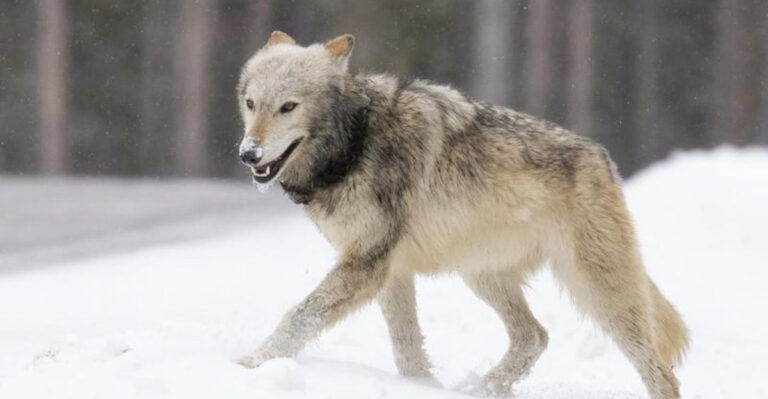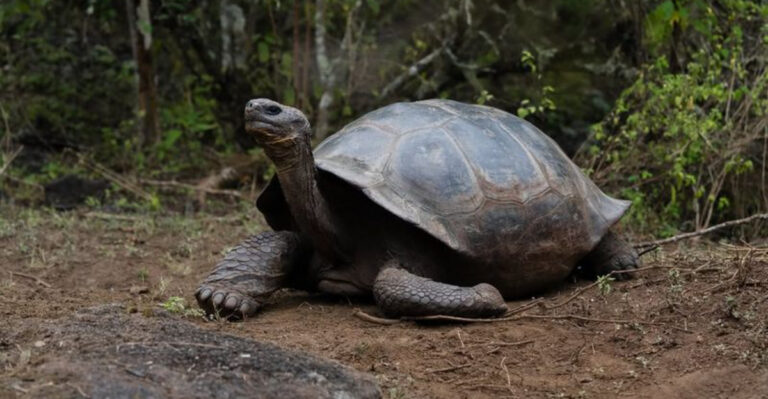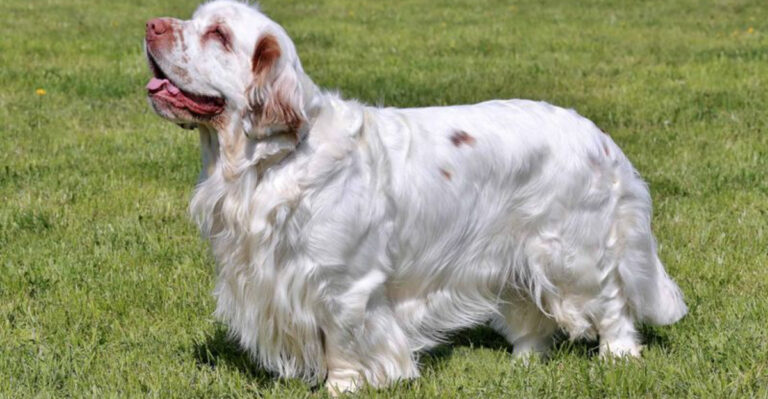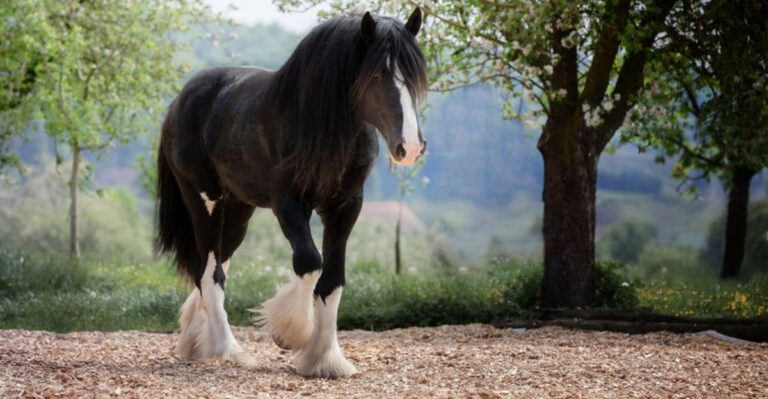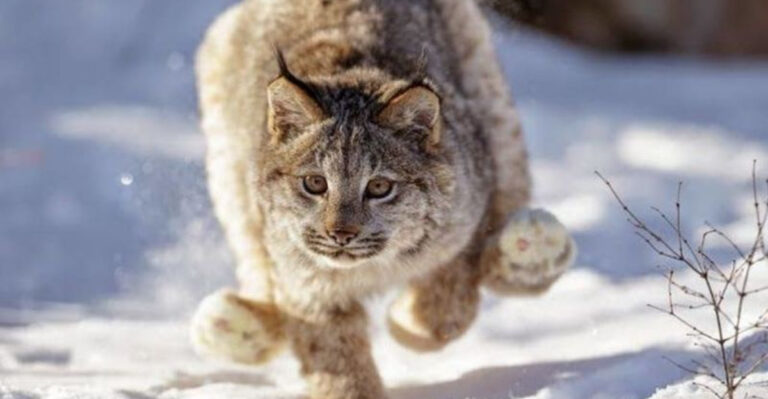The 5-7-9 Rule: The Ultimate Guide To Squirrel-Proofing Your Bird Feeder
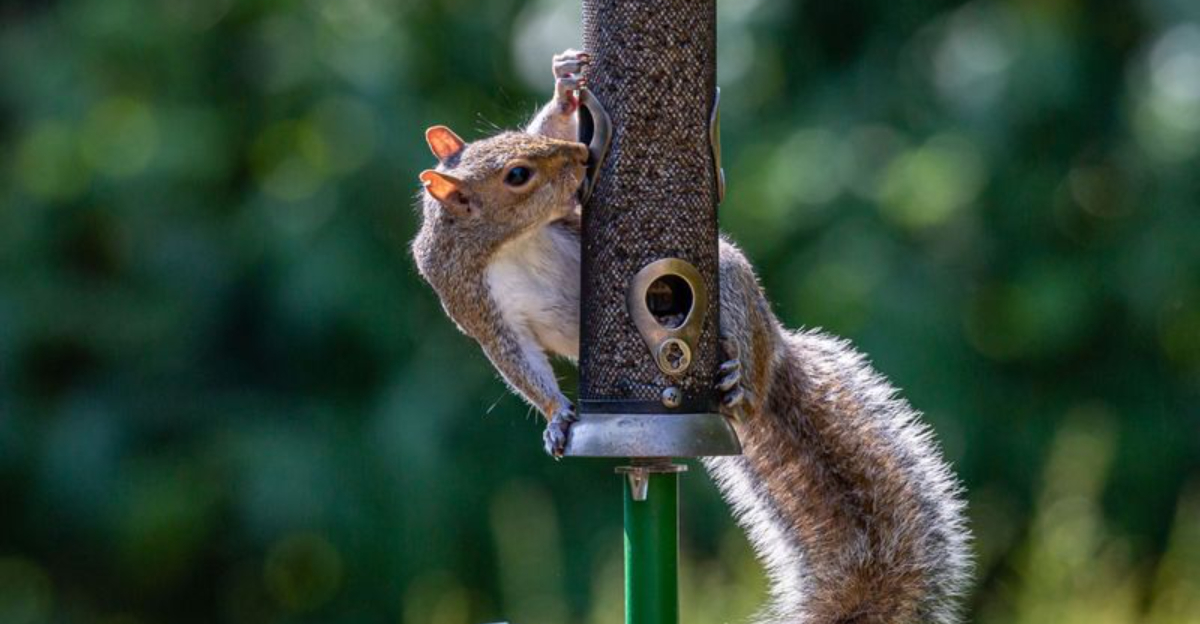
Watching birds visit your feeder brings joy until sneaky squirrels steal all the seed. The 5-7-9 rule offers a simple solution to this common backyard problem.
By following these strategic measurements, you can create a squirrel-proof setup that lets birds feast while keeping those acrobatic rodents at bay.
1. The 5-7-9 Rule Defined
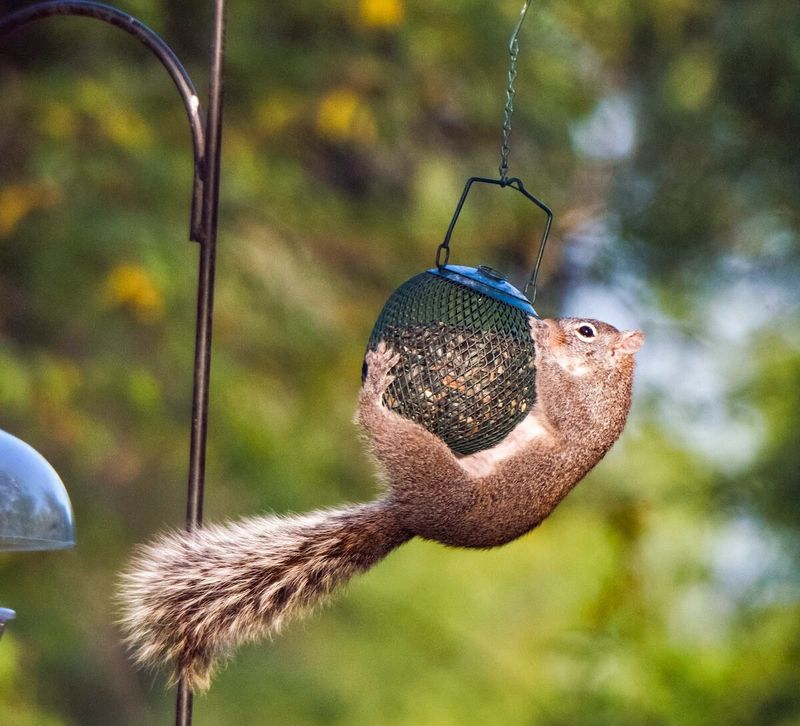
Picture this magical formula that keeps squirrels away from bird food! The 5-7-9 rule uses specific distances as your secret weapon: 5 feet up from the ground, 7 feet away from buildings or structures, and 9 feet from any trees or fences.
These measurements create a squirrel-proof zone around your feeder.
2. 5 Feet Above Ground
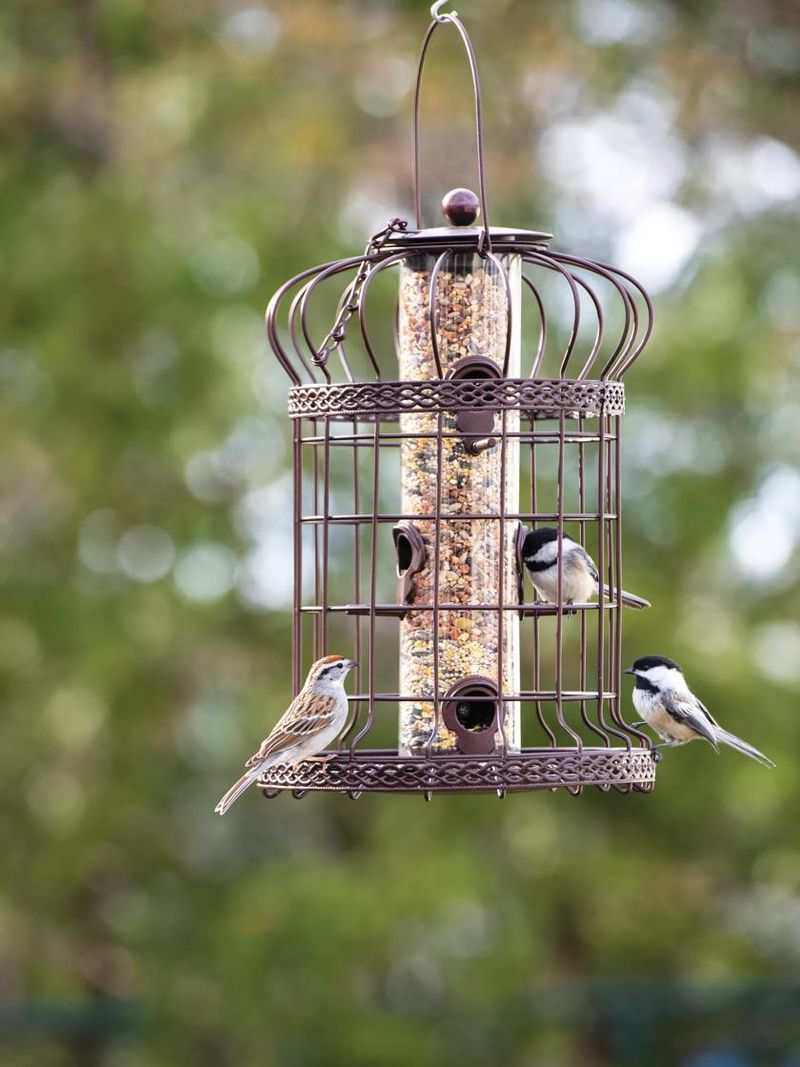
Squirrels can jump surprisingly high from a standing position – about 4 feet vertically! Hanging your feeder at least 5 feet above ground creates a barrier they can’t easily overcome.
This height measurement is your first defense against these determined critters who otherwise would leap right up for a free meal.
3. 7 Feet From Structures
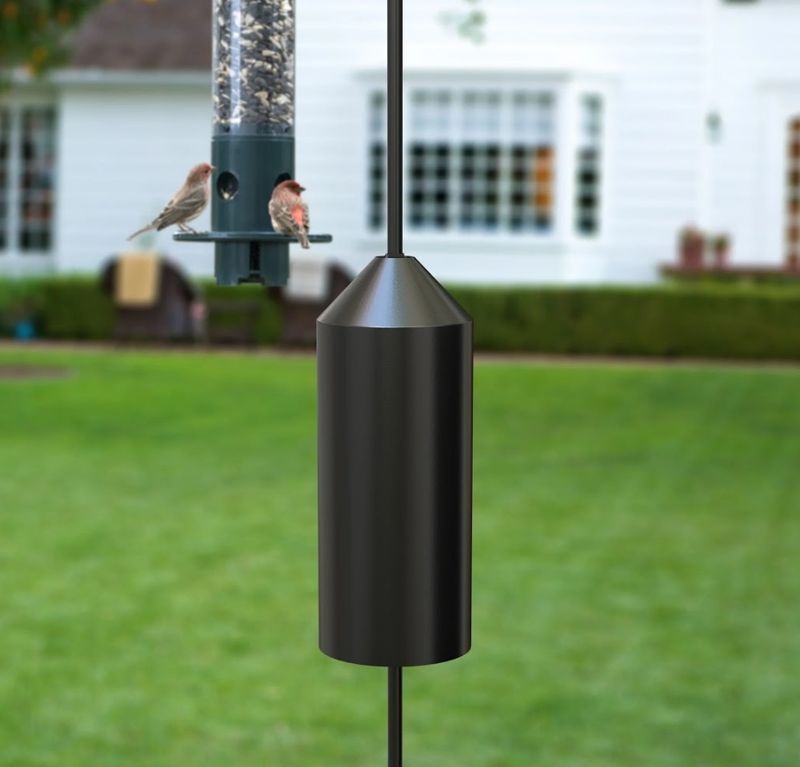
Crafty squirrels love using your porch, shed or house as launching pads! By positioning feeders at least 7 feet away from any structure, you eliminate their favorite jumping strategy.
Measure carefully from walls, railings, and posts. Even a nearby chair can become a squirrel’s stepping stone to seed theft.
4. 9 Feet Between Feeders And Trees
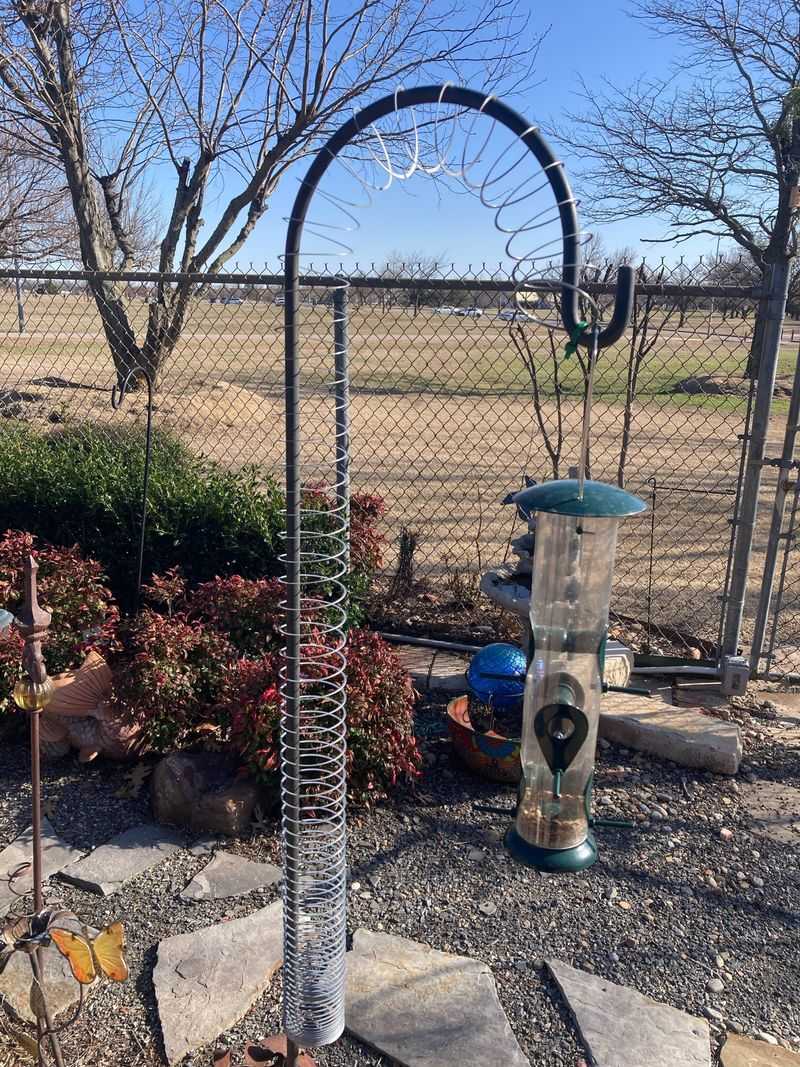
Those bushy-tailed acrobats can leap astonishing distances! A squirrel can jump horizontally up to 8 feet when motivated by delicious bird seed. The 9-foot gap between your feeder and any tree creates an uncrossable chasm for them.
This distance truly is your feeder’s safety zone.
5. Squirrels Are Great Climbers
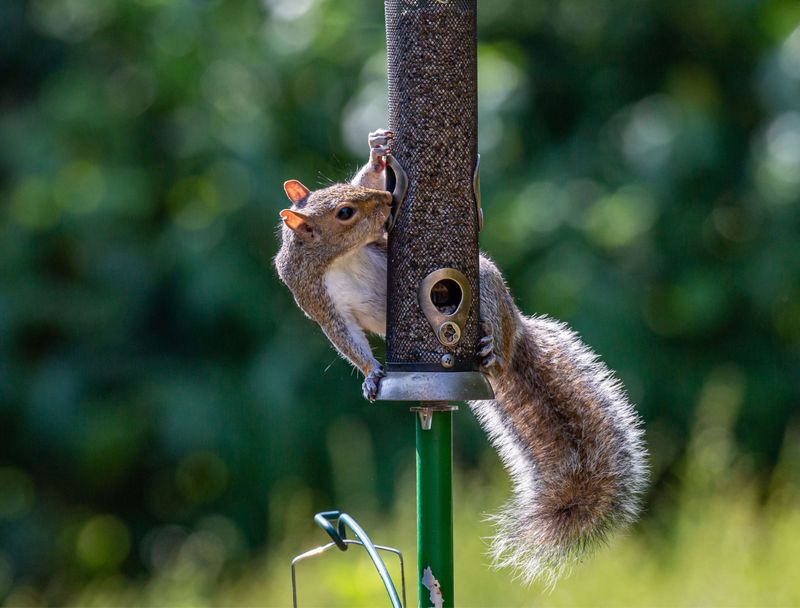
Marvel at a squirrel’s climbing abilities! These nimble creatures scale rough surfaces effortlessly with their sharp claws and strong legs. The 5-7-9 rule acknowledges their climbing prowess.
By creating distance barriers, you force squirrels to work harder, making your seed less worth the effort compared to natural food sources.
6. Squirrel-Proof Feeders Work Best With The Rule
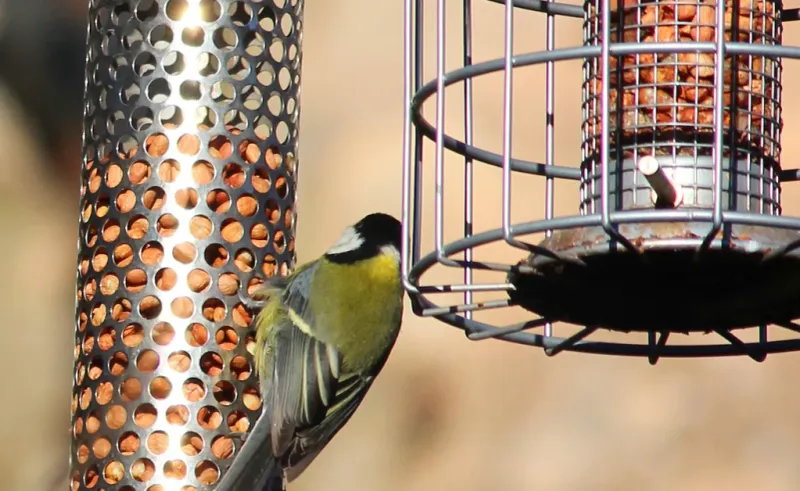
Want maximum protection? Combine specialized feeders with proper placement! Weight-sensitive feeders that close when squirrels land work even better when positioned using the 5-7-9 rule.
The strategic placement means fewer squirrels even attempt to reach the feeder, extending the life of your squirrel-proof mechanisms.
7. Use Of Baffles In The 5-7-9 Strategy
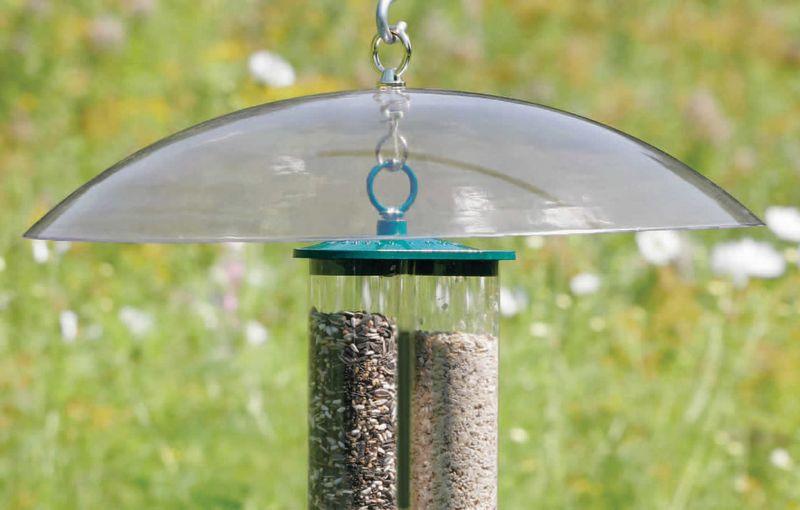
Baffles are your secret weapon! These dome or cylinder-shaped barriers prevent climbing squirrels from reaching your feeder. Mount them on poles below feeders or above if hanging from lines.
A properly installed baffle paired with 5-7-9 positioning creates a nearly impenetrable defense system that keeps seed safe for birds only.
8. Avoiding Overhanging Branches
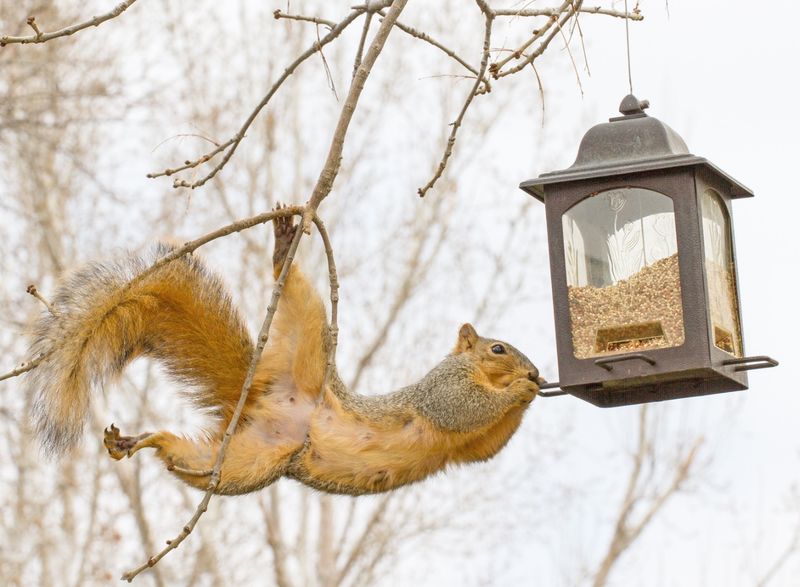
Look up! Squirrels are nature’s trapeze artists, dropping from branches directly onto feeders. Scan for any branches within that crucial 9-foot radius and trim them back.
Remember that branches move in the wind, potentially creating temporary bridges. Give yourself extra clearance when possible for foolproof protection.
9. Feeder Placement For Maximum Effect
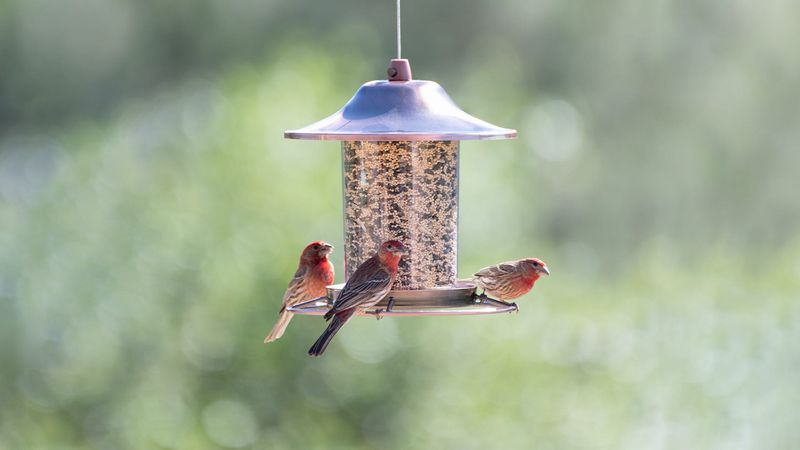
Location matters tremendously! Position your feeder in an open, visible area where birds feel safe but squirrels feel exposed. This open placement follows the 5-7-9 measurements while adding another deterrent.
Squirrels prefer traveling along protected routes with cover. Open spaces make them hesitate, reducing their determination to raid your feeder.
10. Adjustments For Large Trees
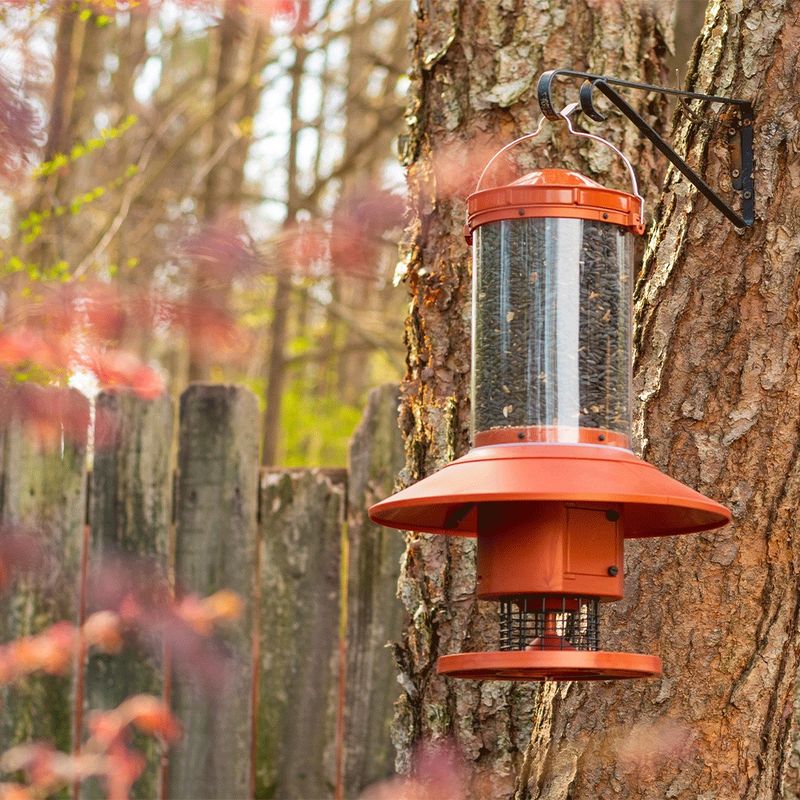
Giant oak or maple trees nearby? You might need the 5-8-10 rule instead! Larger trees house more athletic squirrels that can jump farther and drop from higher branches.
Consider increasing all measurements by 1-2 feet in heavily wooded areas. The extra distance provides insurance against particularly determined or talented squirrel acrobats.
11. Use Of Pole Mounts
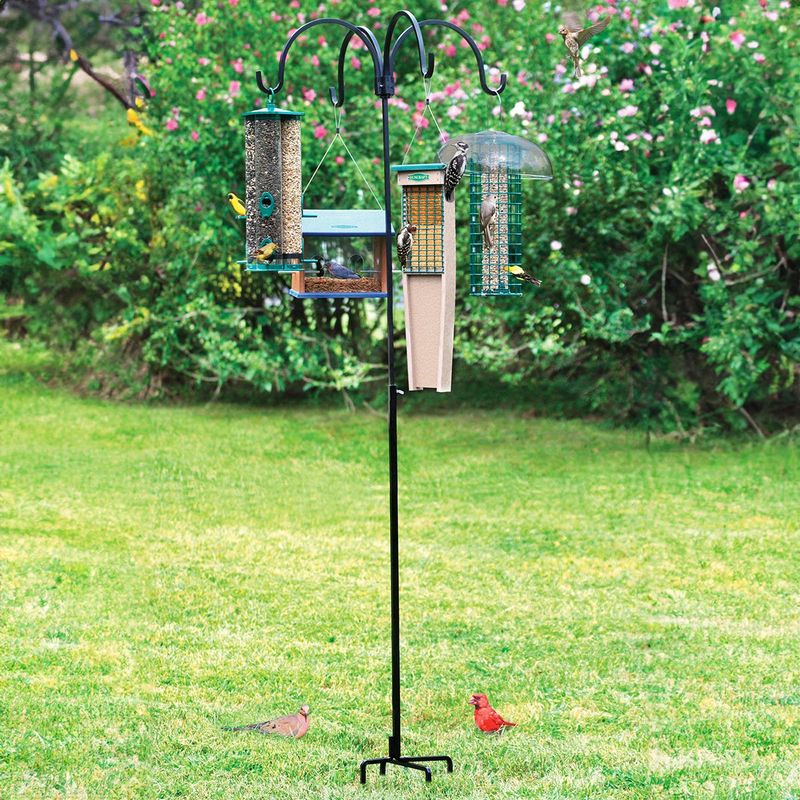
Smooth metal poles are squirrel kryptonite! Their claws can’t grip slippery surfaces, making poles perfect for the 5-foot height requirement. Choose poles at least 7 feet tall, burying 2 feet for stability.
Copper or PVC pipes work wonderfully. Avoid wooden posts which provide easy climbing surfaces for determined squirrels.
12. Increased Effectiveness In Urban Areas
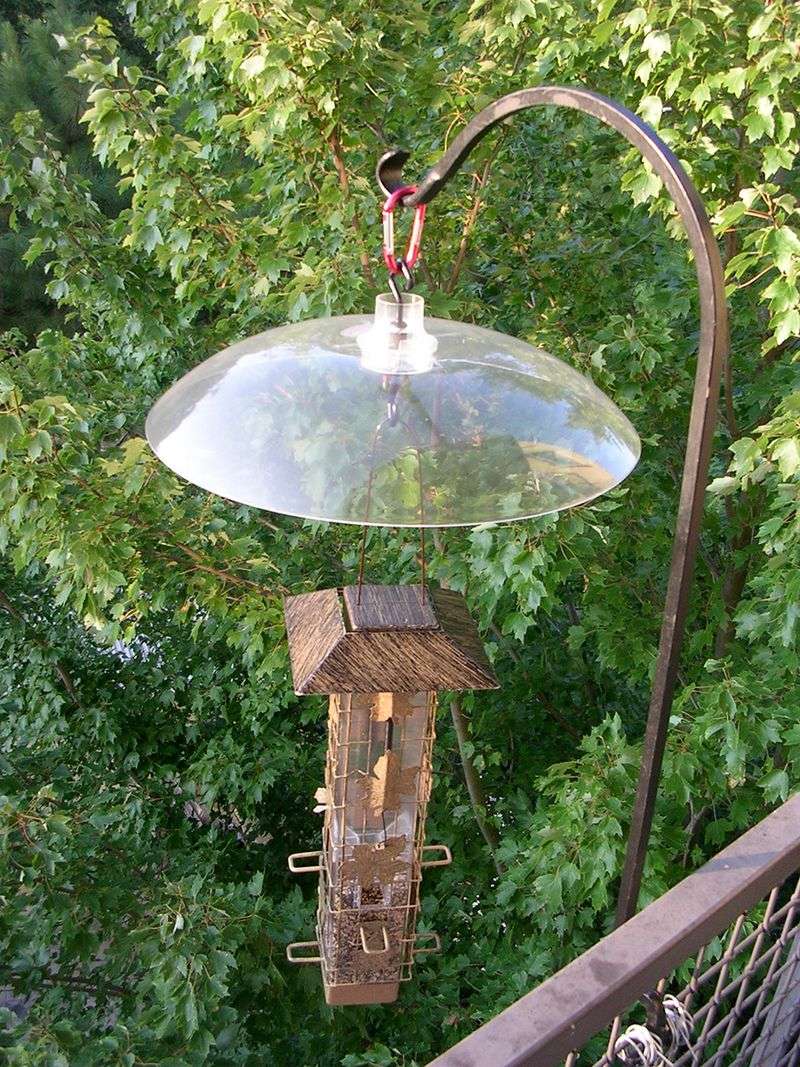
City dwellers rejoice! The 5-7-9 rule works exceptionally well in urban settings where squirrels must cross open spaces to reach feeders. Concrete patios and manicured lawns create natural barriers.
Urban squirrels also have more food options from trash and handouts, making them less motivated to overcome difficult obstacles for bird seed.

